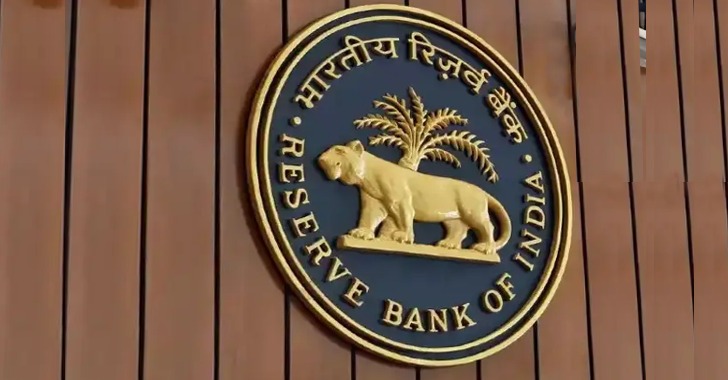The Reserve Bank of India (RBI) has executed a ₹32,000 crore bond switch operation, exchanging short-term government securities for longer-dated debt. The move aims to reduce near-term redemption pressure and optimize India’s debt maturity profile. Cut-off yields ranged from 6.45% to 7.16%, reflecting strong institutional demand.
RBI Swaps Short-Term Bonds for Long-Term Debt to Strengthen Fiscal Flexibility
In a calculated move to manage India’s public debt more efficiently, the Reserve Bank of India (RBI) has completed a bond switch auction involving four key government securities. The operation replaces bonds maturing between 2026 and 2028 with longer-tenor instruments extending up to 2064, totaling ₹32,000 crore in value.
Bond switching is a strategic tool used by central banks to ease redemption pressure, smoothen debt maturity profiles, and reduce fiscal stress in the short term. By extending the duration of liabilities, the RBI creates more room for future budgetary planning and supports long-term market stability.
The cut-off yields for the new bonds ranged from 6.45% to 7.16%, indicating robust investor appetite despite global rate volatility. This operation is part of the government’s broader plan to execute ₹2.5 lakh crore in bond switches for FY26, with ₹1.18 lakh crore already completed.
Key Highlights and Strategic Takeaways
- Bond Switch Details
- ₹32,000 crore worth of bonds were exchanged.
- 6.79% 2027 bond → 6.57% 2033 at 6.4755% yield
- 8.15% 2026 bond → 7.50% 2034 at 6.4777% yield
- 7.37% 2028 bond → 7.57% 2033 at 6.4544% yield
- 8.26% 2027 bond → 7.34% 2064 at 7.1665% yield
- Debt Management Objective
The switch helps reduce redemption pressure and extend the maturity profile of government debt.
- Investor Sentiment
Strong demand for longer-duration bonds reflects confidence in India’s macroeconomic stability and rate outlook.
- Fiscal Strategy Alignment
The move is part of the Centre’s FY26 plan to execute ₹2.5 lakh crore in bond switches—60% higher than the previous year.
- Market Impact
The operation supports liquidity and yield curve stability, especially amid anticipated rate cuts and global uncertainty.
As India navigates a complex macroeconomic landscape, the RBI’s proactive debt management through bond switches reinforces its commitment to fiscal prudence and long-term market resilience.
Sources: Economic Times, RBI Bulletin, Financial Express, Business Standard.

